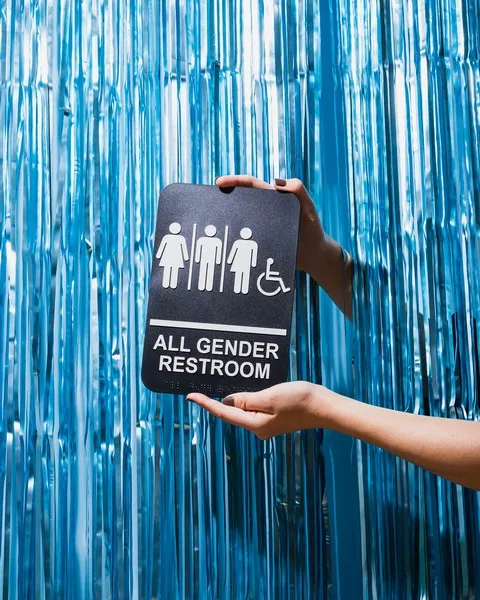Objectification refers to the act of treating a person as an object, devoid of their individuality and reducing them to mere physical or sexual objects. While objectification is often associated with the treatment of women, it is important to acknowledge that men can also be objectified in various social contexts. In sociology, the objectification of men can be observed in several ways, which we will explore in this article.
1. Media Representation
One prominent example of the objectification of men in sociology is the representation of male bodies in the media. Just like women, men are often subjected to unrealistic beauty standards and portrayed as objects of desire. Advertisements, movies, and television shows frequently showcase men with muscular physiques, chiseled features, and flawless appearances. This narrow representation can lead to body image issues and the pressure to conform to societal ideals.
2. Professional Objectification
In certain professions, men may experience objectification based on their physical attributes or sexual appeal. For instance, male models, actors, and athletes are often valued primarily for their looks and physical prowess rather than their talents or skills. This professional objectification can limit opportunities for men to be recognized for their intellectual or creative abilities, reinforcing the notion that their worth is primarily determined by their appearance.
3. Sexual Objectification
Sexual objectification of men is another aspect of objectification in sociology. Men may be objectified and reduced to their sexual desirability, with their worth being solely based on their ability to fulfill sexual fantasies. This can occur in various contexts, including pornography, where men are often depicted as mere sexual objects, devoid of emotional depth or agency.
4. Stereotyping and Masculinity
Stereotyping and the pressure to conform to traditional masculine ideals can also contribute to the objectification of men. Society often expects men to embody characteristics such as strength, dominance, and emotional stoicism. This narrow definition of masculinity can objectify men by limiting their range of emotions and disregarding their individuality. Men who do not conform to these stereotypes may face marginalization and objectification.
5. Commodity Fetishism
In sociology, commodity fetishism refers to the perception of objects as having inherent value, often associated with capitalism. This concept can extend to the objectification of men, where their bodies and physical attributes are commodified and valued primarily for their marketability. Men may be objectified as products to be consumed, bought, and sold, reinforcing the notion that their worth lies in their economic value.
Conclusion
While discussions on objectification often focus on women, it is crucial to recognize that men can also be objectified in various social contexts. The examples provided in this article highlight some of the ways in which men can be objectified in sociology, including media representation, professional objectification, sexual objectification, stereotyping, and commodity fetishism. Understanding and challenging these forms of objectification is essential for promoting gender equality and fostering a society that values individuals for their unique qualities and contributions.





